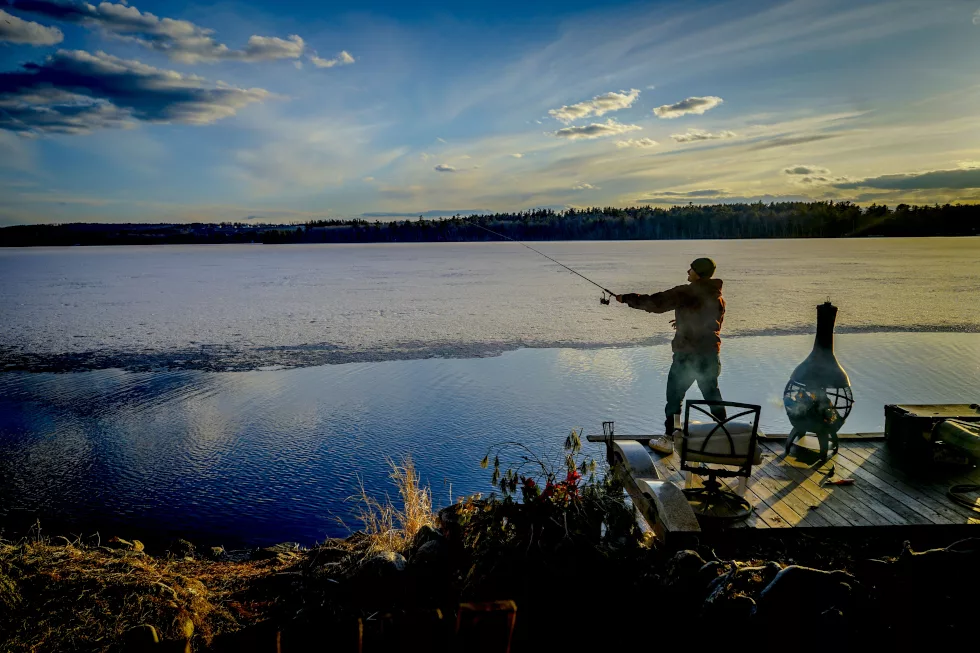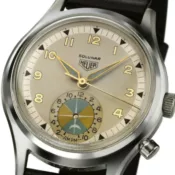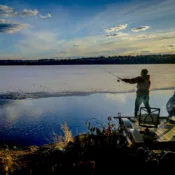Understanding Fish Behavior: Weather, Pressure & Light Effects
Introduction
Catching more fish isn’t always about luck—understanding fish behavior can significantly improve your success on the water. Factors like weather conditions, barometric pressure, and light levels all play key roles in determining how and when fish feed. In this guide, we’ll break down how each of these elements affects your chances and how to adjust your strategy accordingly.

Track ideal conditions with the ProFishingStores.com Tides & Moon Tool
1. How Weather Affects Fish Activity
🌤️ Sunny Days
- Fish tend to move to deeper or shaded areas.
- Clear skies can make fish more cautious—use lighter line and natural-colored lures.
🌧️ Overcast or Rainy Days
- Fish feed more actively due to lower light and increased surface disturbance.
- Great time for topwater lures or active bait.
❄️ Cold Fronts
- Drop in temperature and pressure can shut down feeding.
- Fish become sluggish—switch to finesse presentations.
🌪️ Stormy Weather
- Can stimulate feeding just before the storm hits, followed by a lull afterward.
Learn more about fishing in different weather from TakeMeFishing.org
2. Understanding Fish Behavior and Barometric Pressure
Barometric pressure is one of the most misunderstood yet powerful influences on fish behavior.
- 📉 Falling Pressure – Often signals an approaching storm. Fish feed aggressively before the front.
- 📊 Stable Pressure – Best for consistent action, especially during mild weather.
- 📈 Rising Pressure – Post-front conditions often make fish lethargic and less likely to strike.
Tip: Use our Fishing Tides Tool to monitor atmospheric changes and plan ahead.
3. Light and Time of Day
🌅 Low Light Conditions (Dawn & Dusk)
- Prime feeding times for many species.
- Fish move into shallower waters to feed.
☀️ High Sunlight (Midday)
- Fish seek shade, deeper water, or structure.
- Use deep-diving crankbaits or vertical jigs.
🌕 Moon Phases
- Full and new moons trigger feeding cycles, especially in saltwater species.
- Check moonrise/moonset for additional activity peaks.
📱 Use real-time moon and light data with our Tides & Moon Planner
Conclusion
Understanding fish behavior is deeply connected to weather, pressure, and light conditions. By understanding how these natural elements affect feeding habits, you can make smarter decisions on where, when, and how to fish.
Pair this knowledge with ProFishingStores.com’s tide tools and stay ahead of the curve—rain or shine.



